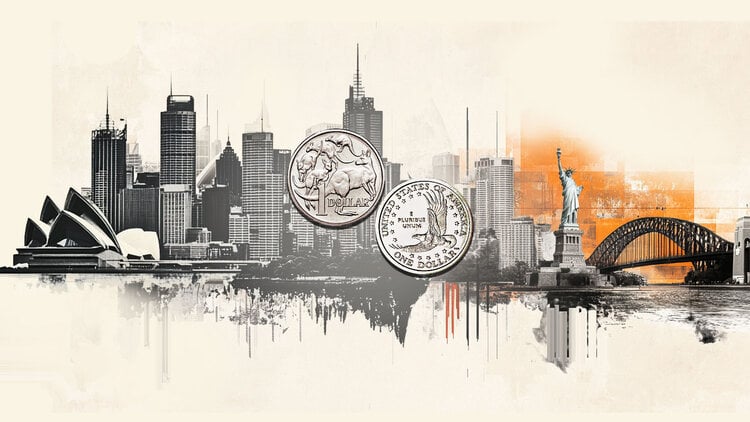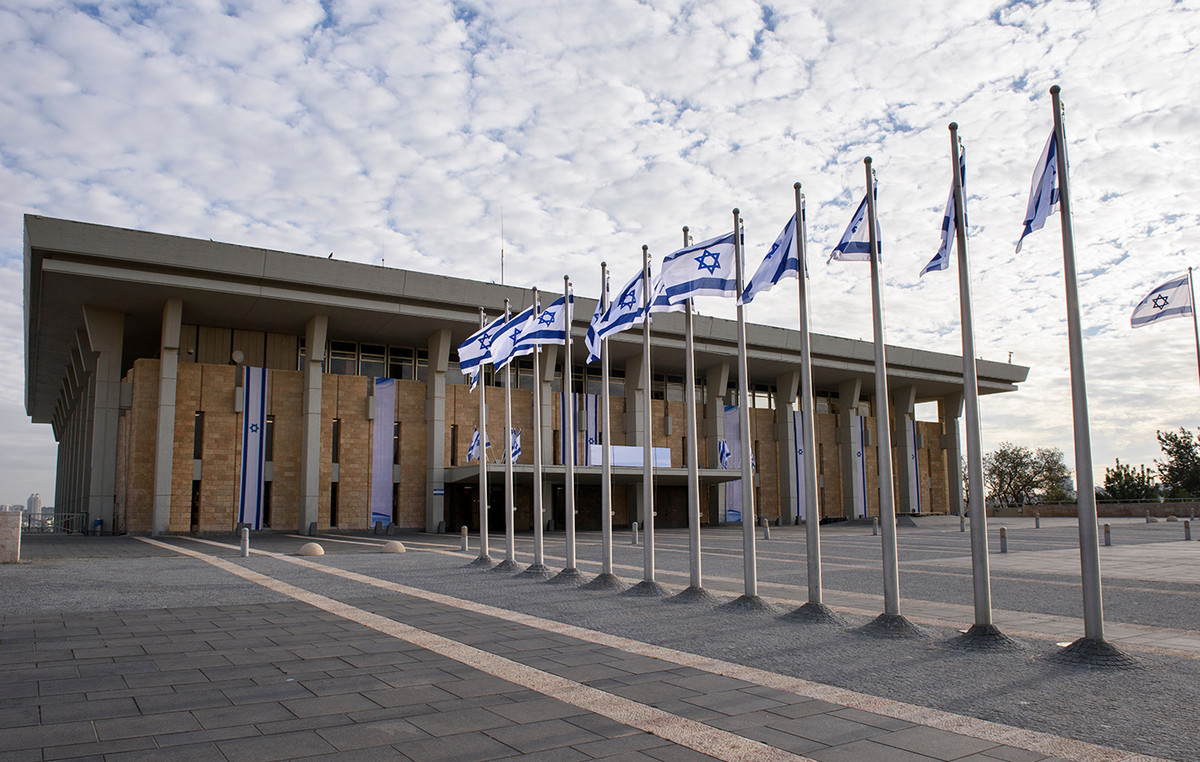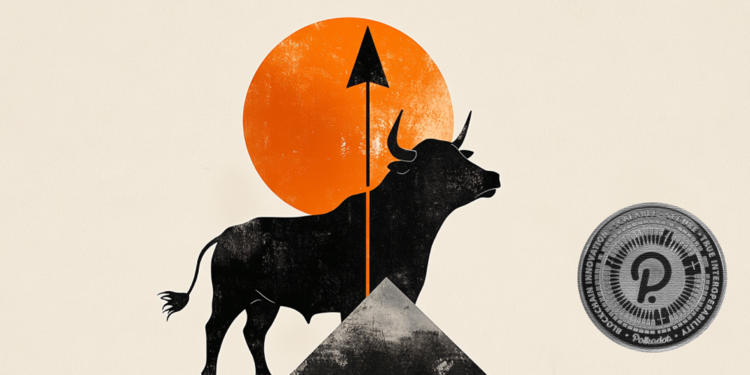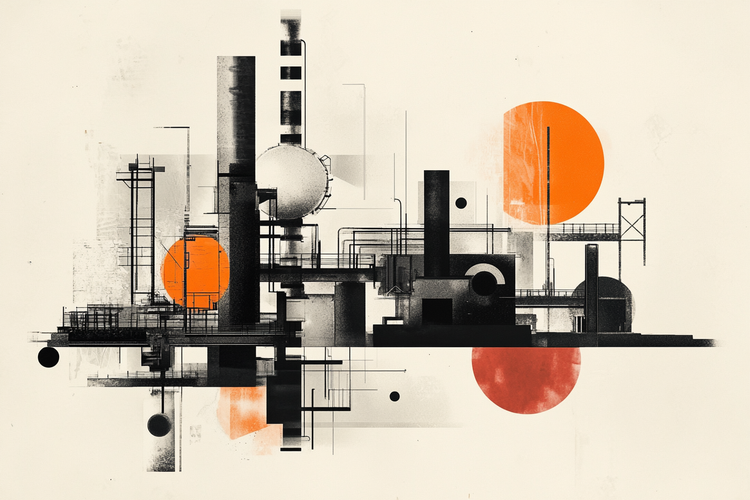The unveiling of the statue of “Iron Felix” Dzerzynski, its ruthless founder Soviet secret police and architect of the “Red Terror” that followed the revolution of 1917, took place on Monday (11/9) at its headquarters Russian Foreign Service Espionage.
Dzerzynski, a Polish nobleman who became a revolutionary and helped lay the foundations of the repressive system that Joseph Stalin would preside over, criticized by dissidents but a hero to the spies who rule Vladimir Putin’s Russia.
After the fall of the Berlin Wall in 1989, his statue was toppled to cheers in Poland, and as the Soviet Union itself collapsed in 1991, a monument to Dzerzhinsky outside KGB headquarters in Lubyanka Square in Moscow was toppled amid celebrations by many. But now Felix is back in the circle of Russian spies.
Sergei Naryskin, the head of Russia’s Foreign Intelligence Service (SVR), successor to the KGB’s infamous First Directorate, marked the unveiling of the statue outside its headquarters in Yasenevo, south of Moscow.
“Colleagues, the sculpture in front of us is a somewhat smaller copy of the famous Dzerzhinsky monument installed in Moscow’s Lubyanka Square in 1958”Naryskin said on the anniversary of Dzerzhinsky’s birthday.
“His well-known phrase that only a person with a cool head, warm heart and clean hands can become a security officer has become an important moral guide for many generations of our country’s security officials.”
Dzerzhinsky towered over Naryskin, Putin’s 68-year-old spy chief, who stood with a group of other men, many of whom were unknown.
The statue at SVR bears a striking resemblance to the one that once stood in Lubyanka Square. In both, Dzerzynski stands, looking forward in a long coat, with his hand in one pocket.
A monument to Felix Dzerzhinsky, the first Chekist and Stalin’s most brutal executioner, was unveiled at the headquarters of the Foreign Intelligence Service in Moscow.
It is an exact copy of the monument, which was removed from Lubyanka Square in 1991. pic.twitter.com/IAoBFvQzaW
— NEXTA (@nexta_tv) September 11, 2023
“The Red Terror”
For some Russians, Dzerzhinsky’s return to such a public platform is a sign of what they say is the oppression in Russia waging war and the extent to which the country has abandoned its post-Soviet turn to the West.
“Dzerzhinsky is a symbol of repression and lawlessness,” Nikita Petrov, a historian at the human rights group Memorial, which won a share of the 2022 Nobel Peace Prize, told Reuters a year after it was banned and disbanded in Russia.
“Dzerzhinsky was the head of the first Soviet penal service, which was guided not by law but by political will and a worldview that divided people into useful and harmful”.
As one of Vladimir Lenin’s most loyal lieutenants, Dzerzhinsky helped establish the revolutionary government using ruthless Leninist tactics: the brutal persecution of opponents, or anyone even perceived to be an opponent.
As head of Lenin’s and then Stalin’s secret police from 1917 until his death in 1926, Dzerzhinsky led the campaign of intimidation, arrests, violence and executions that became known as the “Red Terror”.
He established the All-Russian Emergency Committee, known as the “Cheka”, which launched a wave of summary executions during the Civil War, before reorganizing it into the State Political Directorate (GPU) and then the Joint State Political Directorate (OGPU).
The functions of the OGPU were later transferred to the NKVD, the People’s Committee of Internal Affairs, which carried out the worst repression under Stalin.
The KGB, for which Putin once worked as a spy, was the successor to these organizations. Today’s Federal Security Service, the main successor to the KGB, traces its history back to Dzerzhinsky.
The influence of the ‘number one Chekist’ is so great that even in modern Russia, some spies still call themselves Chekists – after the “Cheka” he founded.
“The image of the chairman of the All-Russian Extraordinary Commission has become one of the symbols of his time, the model of crystal honesty, devotion and loyalty to duty,” said Naryskin.
“He remained true to his ideals to the end – the ideals of goodness and justice,” said Naryskin.
Source: News Beast
With 6 years of experience, I bring to the table captivating and informative writing in the world news category. My expertise covers a range of industries, including tourism, technology, forex and stocks. From brief social media posts to in-depth articles, I am dedicated to creating compelling content for various platforms.







